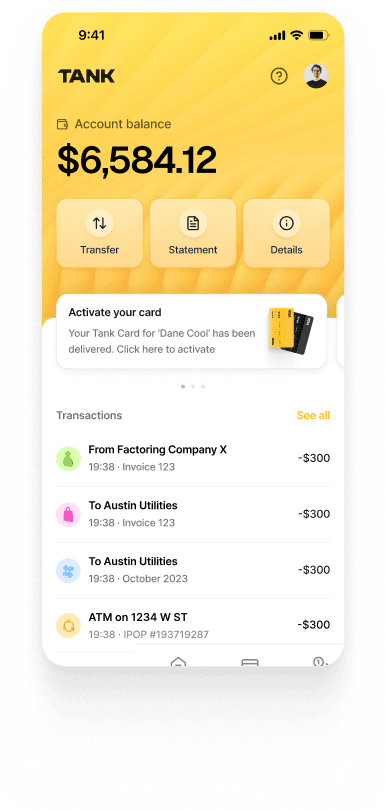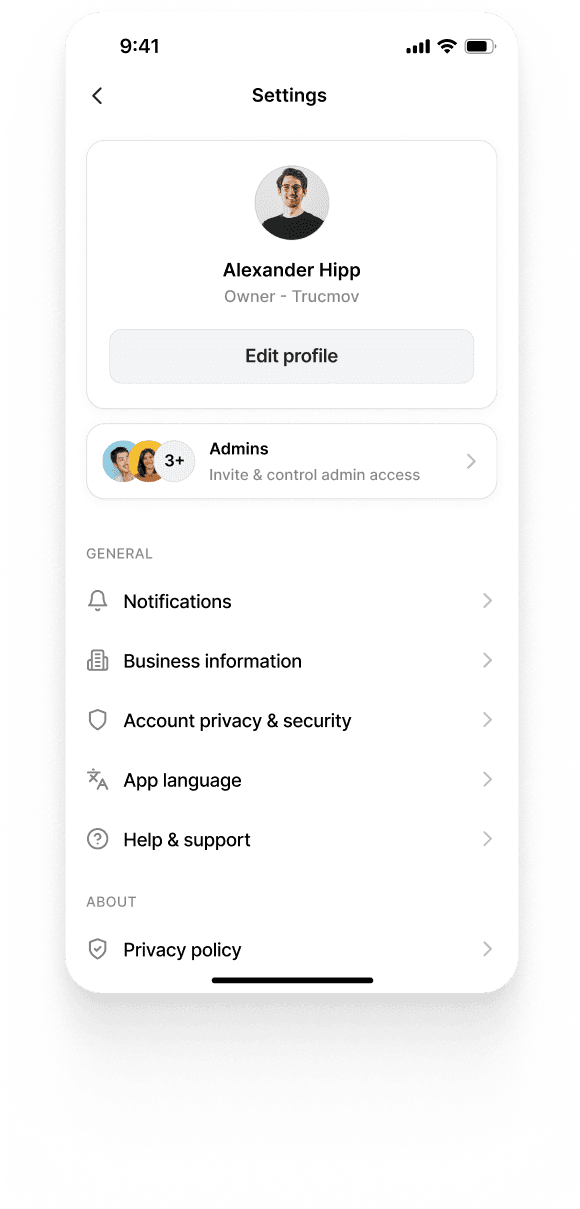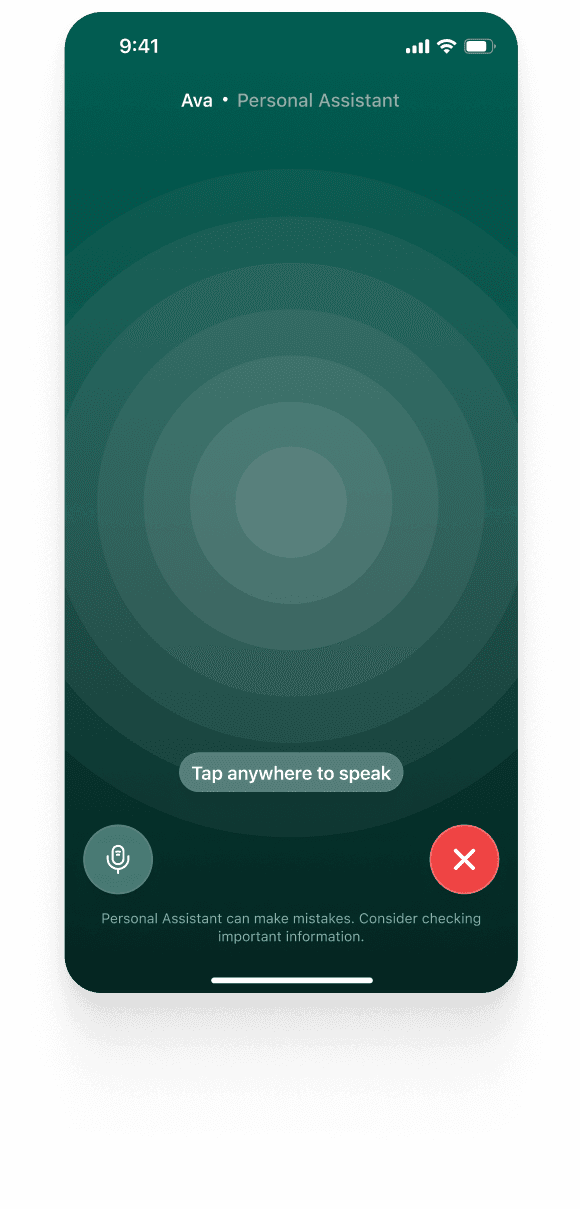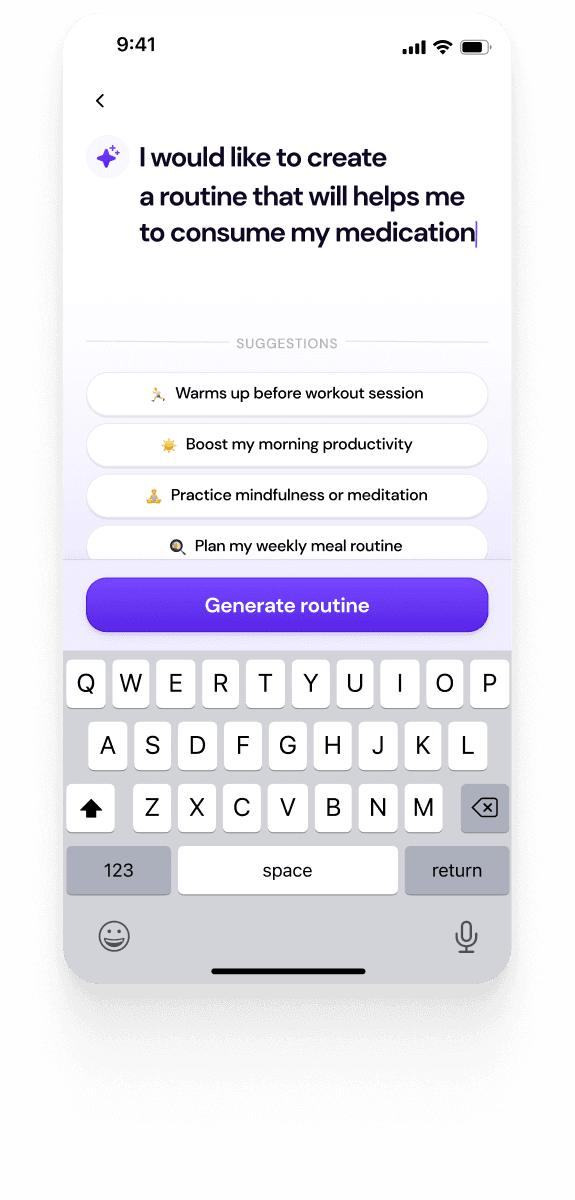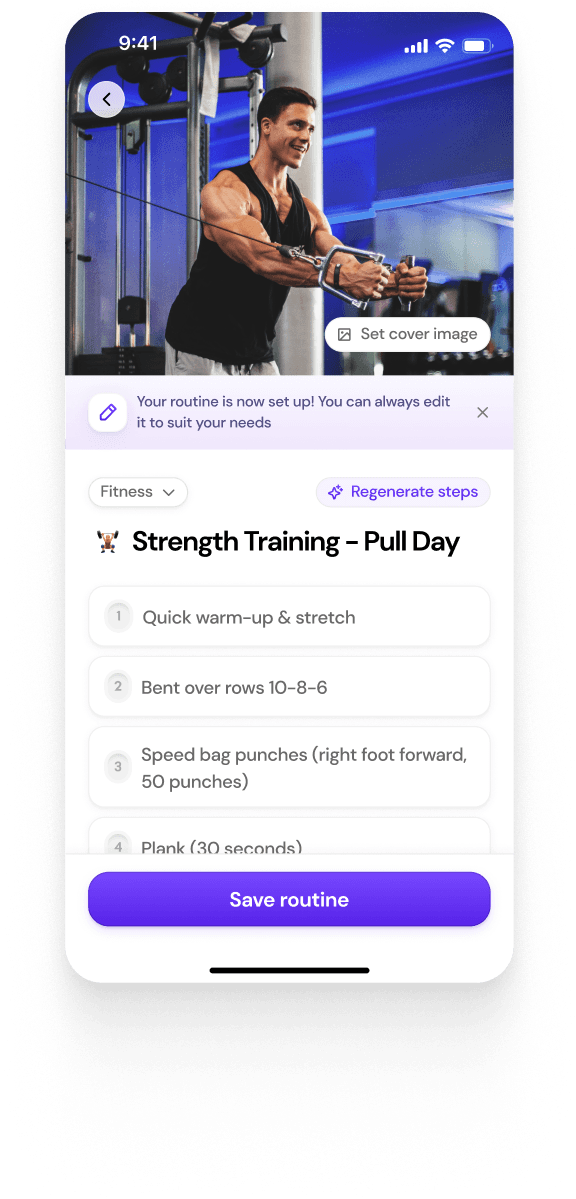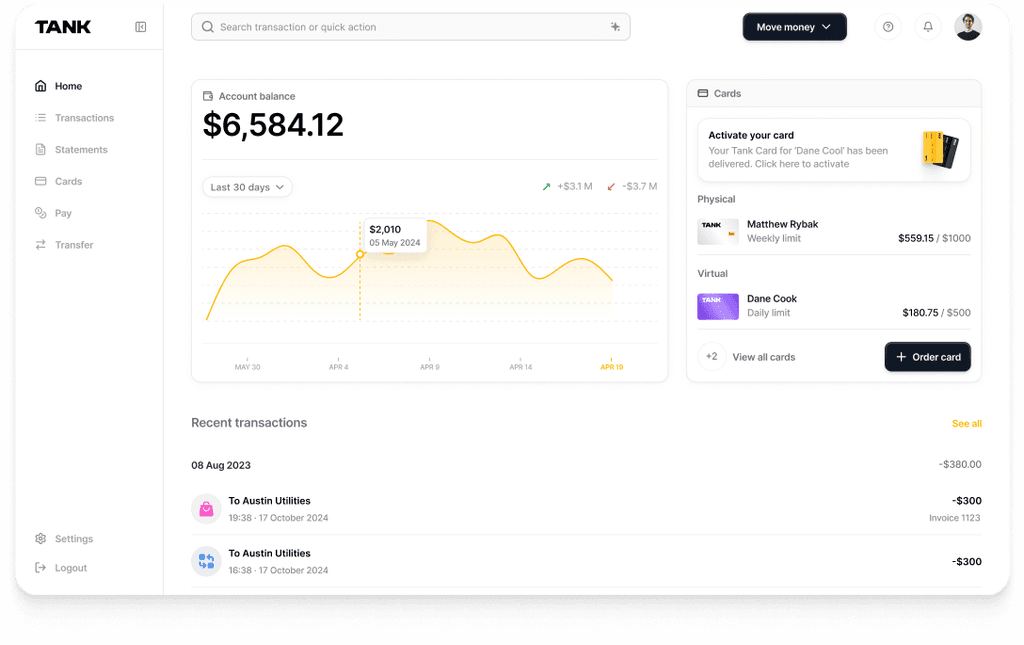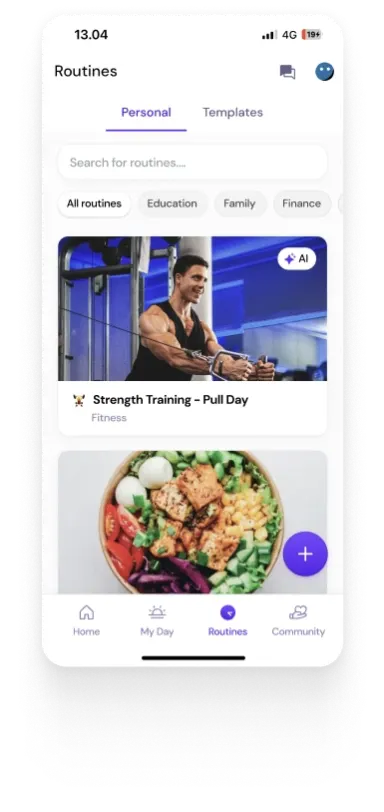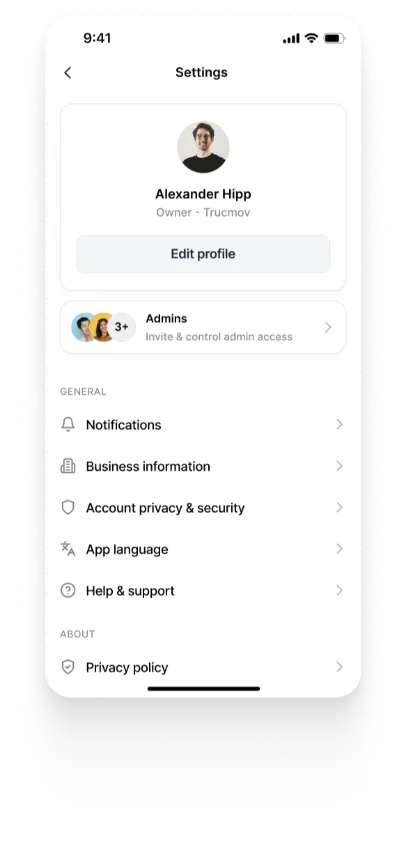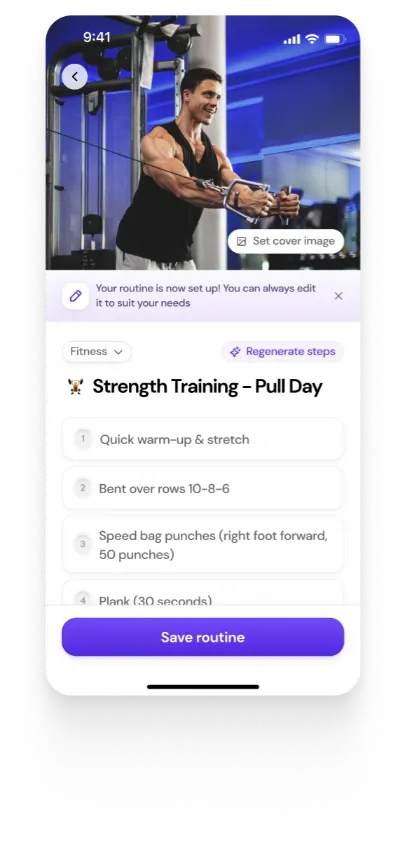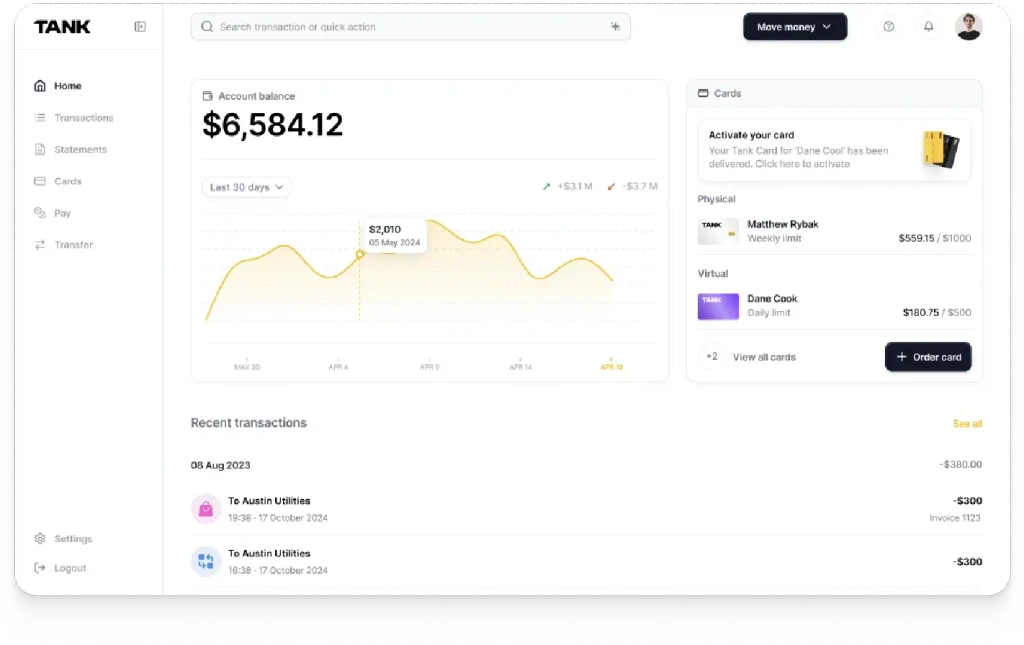What is Fireworks AI? Features, Pricing, and Use Cases
Summary
Fireworks AI delivers high-speed, scalable infrastructure for open-source LLM deployment, fine-tuning, and multimodal tasks. It supports on-demand GPU access, batch processing, and advanced training methods via a developer-friendly API. With transparent pricing and enterprise compliance, Fireworks AI is ideal for production-grade generative AI applications that require performance and customization at scale.
Key insights:
Fast, Scalable AI Hosting: Delivers high-throughput inference for open-source LLMs via simple API calls.
Multimodal Support: Hosts models for text, speech, image, and embeddings, expanding AI application scope.
Flexible Fine-Tuning: Offers LoRA, RLHF, and quantization-aware training for domain-specific use.
Transparent, Usage-Based Pricing: Token and GPU-based billing enables cost control across use cases.
Enterprise Compliance: Meets HIPAA, GDPR, and SOC 2 standards with secure deployment options.
Developer-Centric Design: Instant access, batch APIs, and per-second GPU billing simplify experimentation.
Introduction
Fireworks AI is a performance-centric, cloud-based platform designed to streamline the deployment, fine-tuning, and scaling of open-source large language models (LLMs). As generative AI becomes a core capability in software products and enterprise workflows, developers and AI teams are increasingly seeking tools that offer speed, flexibility, and cost-efficiency. Fireworks AI responds to these demands by offering a high-throughput, low-latency infrastructure optimized for production use. With a clear focus on ease of access and developer experience, Fireworks has positioned itself as a go-to platform for teams building next-generation AI applications.
Overview
Fireworks AI functions as a unified inference and fine-tuning layer for open-source models. Users can deploy state-of-the-art models like DeepSeek, LLaMA, Qwen, Mixtral, and DBRX without the need to provision or manage GPU infrastructure themselves. In addition to hosted inference endpoints, Fireworks supports batch processing, on-demand GPU usage, and advanced customization techniques.
The platform is particularly focused on enabling fast deployment with minimal setup, offering developers the ability to run models with a single API call. Whether serving interactive chatbots, processing bulk data jobs, or experimenting with custom fine-tunes, Fireworks AI combines infrastructure simplicity with commercial-grade performance guarantees.
Key Features
Instant Inference Access: Users can invoke popular open-source models via Fireworks' APIs without setting up any cloud infrastructure, enabling rapid prototyping and deployment.
Advanced Fine-Tuning Options: Supports full model fine-tuning as well as low-rank adaptation (LoRA), reinforcement learning, and quantization-aware training, making it suitable for domain-specific customization.
Optimized Inference Engine: Built for speed and concurrency, the platform supports high-throughput, low-latency responses even under heavy workloads.
Batch Processing API: Enables bulk inference jobs at a 40% discount compared to real-time endpoints—ideal for content pipelines, analytics, or back-end processing.
Multimodal Model Hosting: In addition to text-based LLMs, Fireworks supports models for speech-to-text, image generation, and embeddings, making it a flexible platform for various AI tasks.
On-Demand GPU Deployments: Offers GPU-based model hosting priced per-second, including access to high-end hardware such as H100, H200, and AMD MI300X.
Enterprise-Ready Security: Compliant with SOC 2 Type II, GDPR, HIPAA, and offers private deployments with secure monitoring, role-based access control, and audit logs.
Ideal Use Cases
Conversational AI: Build and deploy high-performance chatbots or voice assistants with low latency and high concurrency needs.
AI-Powered Developer Tools: Integrate LLMs into IDEs, version control systems, or code generation tools, using fast response times and fine-tuned models.
Document & Media Processing: Process large volumes of unstructured content (e.g., summarization, classification, transcription, OCR) with batch inference APIs.
Custom Enterprise AI Applications: Deploy models fine-tuned on internal datasets for private, compliant applications in finance, legal, or healthcare.
AI Research & Experimentation: Run tests across model families, configurations, and fine-tuning methods without managing compute infrastructure.
Pricing and Commercial Strategy
Fireworks AI employs a usage-based pricing model, with transparent per-token and per-inference-step rates across a wide range of models and hardware options:
Text Model Inference:
Entry-tier models (<4B parameters): $0.10 per 1M tokens
Mid-tier models (4B–16B): $0.20 per 1M tokens
High-end models (>16B): Up to $0.90–$1.20 per 1M tokens
MoE Models (e.g., Mixtral, DBRX): Tiered rates based on parameter count and complexity
Fine-Tuning:
Training costs start at $0.50 per 1M tokens for models up to 16B parameters, with premium rates for larger architectures or more complex training techniques.
Speech-to-Text:
Whisper models range from $0.0009–$0.0015 per audio minute, with streaming transcription priced at $0.0032 per minute.
Image Generation:
Stable Diffusion and proprietary models are priced per inference step (e.g., ~$0.0039 per image at 30 steps)
On-Demand GPU Compute:
GPU types include A100, H100, H200, B200, and MI300X, billed per second (e.g., H100 at ~$5.80/hour)
Batch API Discount:
Similar to OpenAI, Fireworks AI offers a 40% cost reduction compared to real-time inference endpoints for large-scale or scheduled processing tasks.
This structure allows customers to balance real-time responsiveness with cost-effective batch execution and select the optimal model size and compute power for their needs.
Competitive Positioning
Versus Together AI: Fireworks AI is comparable in model support and fine-tuning capabilities, but places stronger emphasis on inference speed and multimodal support. Together may appeal more to teams focused on cloud-native orchestration or who require OpenAI-compatible endpoints.
Versus OpenAI/Anthropic: Fireworks provides lower costs and greater control through its support for open-source models. Unlike closed platforms, it enables fine-tuning, pricing flexibility, and broader model experimentation.
Versus Local Platforms (e.g., Ollama, LM Studio): Fireworks targets production-grade, scalable workloads, while local-first tools are limited to experimentation and prototyping. Fireworks also supports enterprise compliance and integration at a level unmatched by offline platforms.
Benefits and Limitations

Future Outlook
As AI adoption matures across industries, demand for high-speed, flexible infrastructure will continue to grow. Fireworks AI is well-positioned to become a foundational layer for teams deploying open-source AI in production environments. Areas for future expansion may include richer orchestration features, native support for model chaining and agentic workflows, and additional tooling for dataset management and observability.
With its emphasis on inference speed, commercial readiness, and pricing transparency, Fireworks AI stands out as one of the leading platforms for scaling LLM workloads.
Conclusion
Fireworks AI offers a robust and developer-friendly environment for deploying and customizing large language models at scale. With strong support for fine-tuning, low-latency inference, and a variety of model families, it enables a wide range of use cases—from chatbots to document processing to enterprise AI services. Its performance focus, coupled with transparent pricing and compliance features, makes it particularly attractive to teams looking to operationalize open-source models in demanding, real-world applications.
Authors
Accelerate AI deployment with Walturn.
Walturn helps you integrate Fireworks AI into high-performance, enterprise-ready AI products using open-source models and smart cost strategies.
References
“Fireworks - Generative AI for Product Innovation!” Fireworks - Generative AI for Product Innovation!, fireworks.ai/.















